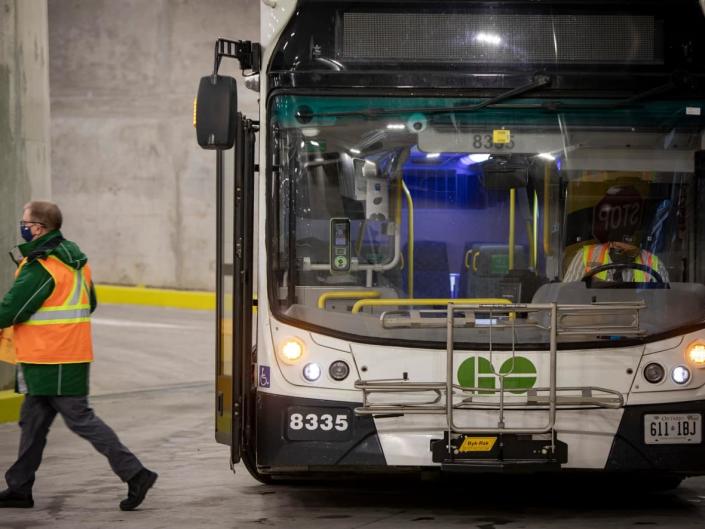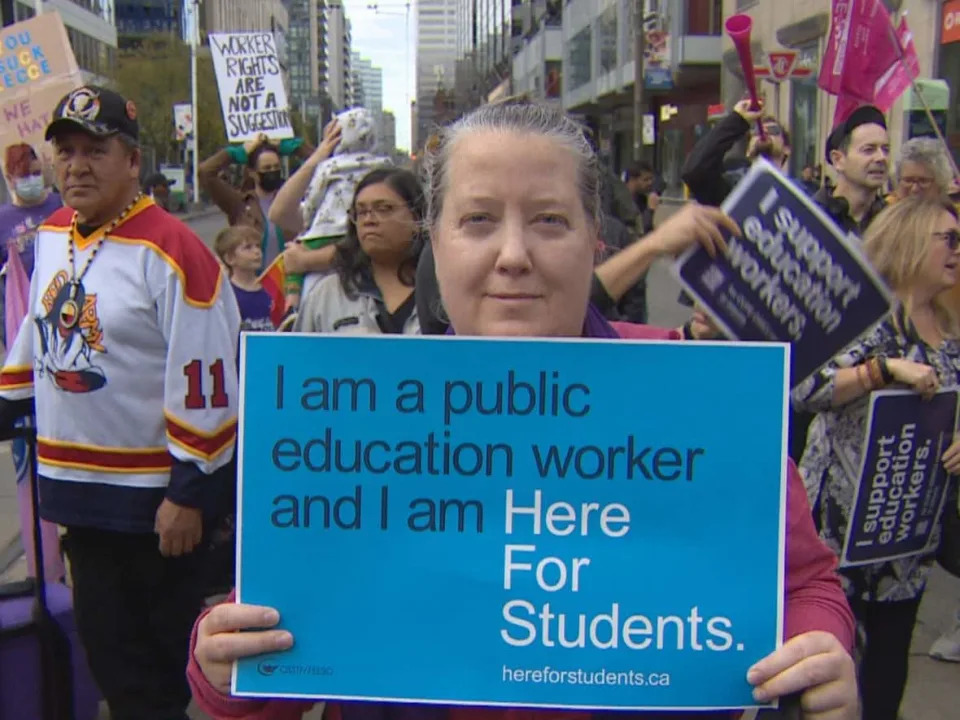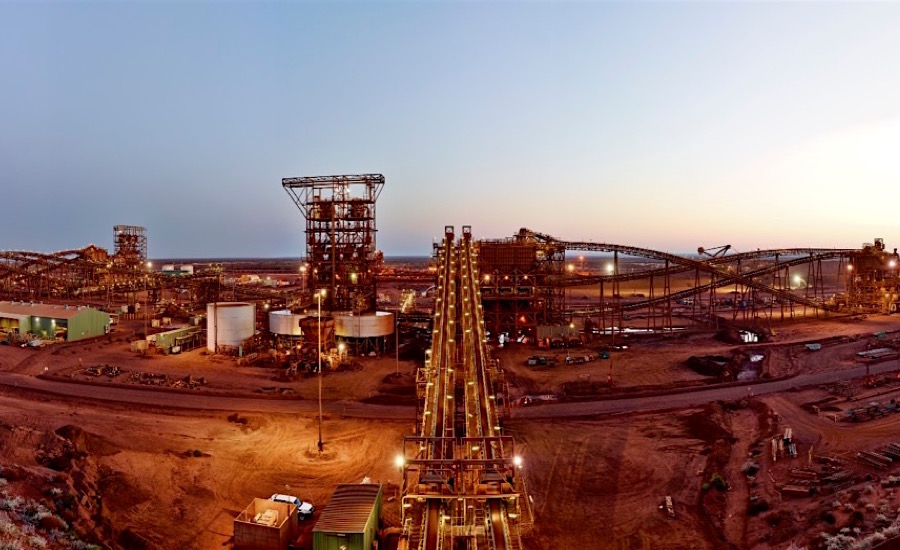Union says about 2,200 GO Transit workers to strike Monday morning after failing to reach a deal
Sun, November 6, 2022

The union representing 2,200 GO Transit workers will be on strike as of 12:01 a.m. on Monday, the Amalgamated Transit Union (ATU) Local 1587 announced Sunday. (Evan Mitsui/CBC - image credit)
Commuters across much of southern Ontario may find themselves scrambling for alternative means of transport after the union representing 2,200 GO Transit employees announced members would be walking off the job as of Monday morning.
The Amalgamated Transit Union (ATU) Local 1587 issued a statement on Sunday saying it was unable to secure a new contract with Metrolinx, the operator of the regional transport service covering much of the Greater Toronto and Golden Horseshoe areas.
The strike, which will involve bus operators, station attendants and other employees, is set to get underway at 12:01 a.m. on Monday. Metrolinx has previously indicated that bus service will be suspended if a strike takes place, though trains will remain in service.
ATU Local 1587 president Rob Cormier said bargaining talks broke down over safety concerns related to hiring contract workers from outside companies.
"Negotiations have failed because Metrolinx failed to come to the table with a reasonable offer to address any of our key issues," he said in the union statement.
"Protections against contracting out are imperative to ensure that experienced workers are on the job running GO Transit safely and efficiently. Without these protections, Metrolinx can contract to outside companies which will hire inexperienced workers in precarious, non-union positions."
Cormier confirmed to CBC News that the union had walked away from the bargaining table on Sunday.
Commuters urged to plan ahead, prepare for longer trips
Metrolinx issued a statement saying the union walked away from weekend negotiations and declined a request to return to the table on Monday.
Anne Marie Aikins, the company's head of media and public relations, said the transit operator had been optimistic it could ink a new deal after proposing dozens of "enhancements" to the collective bargaining agreement.
Aikins acknowledged ATU's concerns about contracting outside workers, but maintained the company has measures in place to ensure safety for all.
"For 22 years, we have had language in the agreement that protects the employment security of our ATU employees," she said in a statement.
"This long-standing protection will continue to protect existing staff as well as new hires joining Metrolinx."
Aikins encouraged customers to plan ahead, prepare extra time for commutes and stay informed on strike developments through GO Transit's website and social media accounts.
ATU has said negotiations with Metrolinx began in April and members have been working without a contract since June 1.
It said 81 per cent of members voted against a contract offer put forward by Metrolinx, a move Aikins has previously described as disappointing. She said Sunday the company remained "open to discussing ways forward" with the union.
The GO Transit strike comes three days after thousands of Ontario education workers represented by the Canadian Union of Public Employees walked off the job indefinitely. ATU has said it supports those workers.









.png)

